
Few builders get into greening their construction practices so deeply as to include rebar, but for those who do, BasaFlex BFRP Rebar offers a more sustainable and rustproof alternative to conventional rebar. The product is made from abundant volcanic rock. According to Fred Tingberg, spokesperson for Basanite Industries, their concrete reinforcement is “about a quarter the weight of steel and two-and-a-half times stronger.” By stronger, he means the material has more than twice steel’s tensile strength. At the same time, being mineral-based, it has a thermal coefficient similar to concrete, avoiding stress cracks that form during freeze-thaw cycles due to the different expansion rates of concrete and steel. Non-corrosive basalt reinforcement is popular for swimming pools, sea walls, and coastal construction.

Basalt, the main ingredient of BasaFlex, is an igneous rock formed from the cooling of lava. It has a high content of magnesium and iron. Among the most common minerals on earth, it represents 90% of all volcanic rock on our planet. The Romans used basalt in their construction. The Pantheon’s basalt-supported roof remains the world’s largest unsupported concrete dome 2000 years after construction. The dense but resilient basalt aggregate incorporated into cylindrical walls provided the tensile strength necessary to hold the outward push of the dome’s weight like the “hoops of a barrel keep its wooden slats (or staves) together,” writes Alexander Hahn in his book Mathematical Excursions to the World’s Great Buildings. The Pantheon’s huge concrete foundation also contains basalt.

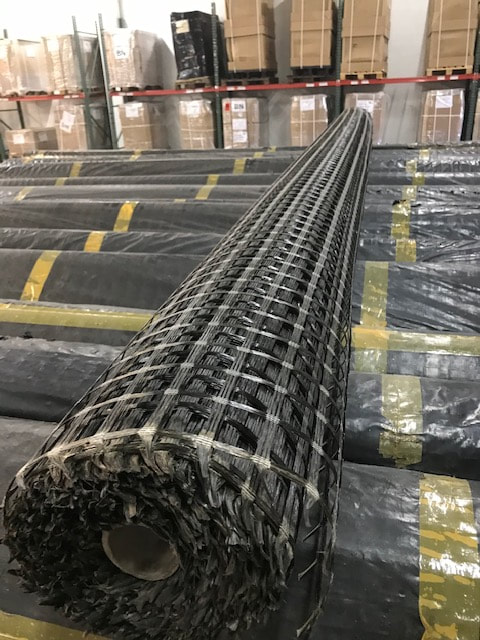
While an ancient construction material, the use of basalt to make rebar is only nine years old. Introduced to the U.S. market by Kodiak Rebar in 2013, the material is made by melting igneous rock in a furnace at 1700°C; it is then formed into long fibers by blowing filament from it—like how fiberglass is made from silicate rock. Unlike fiberglass production, which requires acetone and methyl ethyl ketone peroxide, basalt rebar incorporates no toxic chemical additives. According to Tingberg, basalt-based rebar has less than 1/10 the carbon footprint of steel, and basalt has the lowest environmental impact in a Life-Cycle Assessment (LCA) compared with other FRP (Fiber Reinforced Polymer) rebars, including those made with glass fiber.
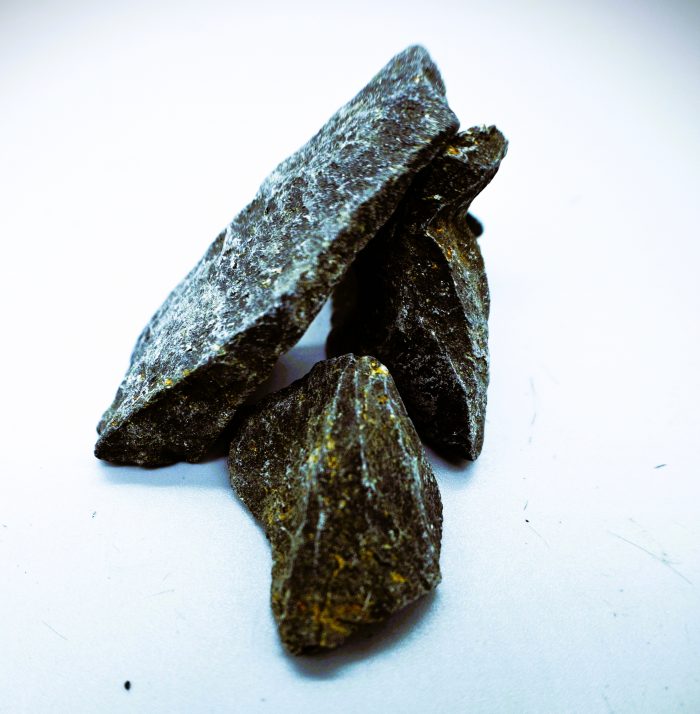
What makes it “green”
Basalt fiber qualifies as a sustainable material because its production involves less energy than the alternatives of fiberglass and steel. Each kilo of basalt fiber used in place of the corresponding amount of steel saves over 9kWh of primary energy. Basalt fiber is also a biocompatible material, which means it has no limitations to recycling. Unlike steel, basalt rebar and mesh do not require separation; the concrete can be recycled in a single treatment. It is also lighter weight, which lowers the carbon cost of transportation. [Source]
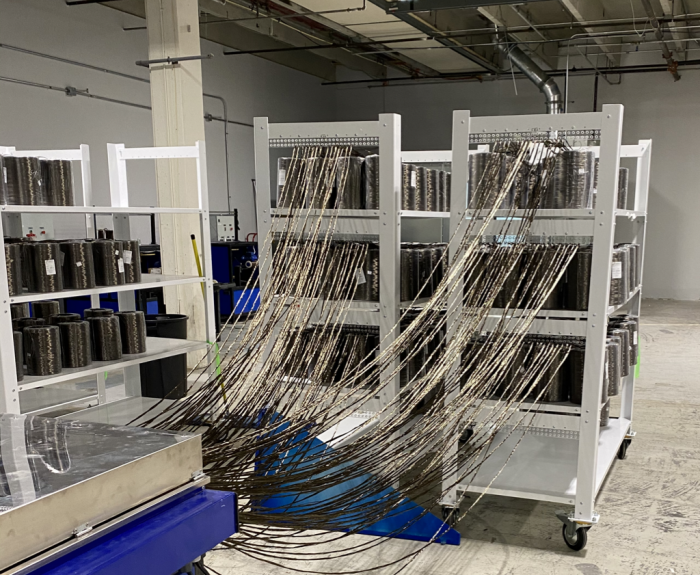
Pros: Beyond its green bonafides, basalt rebar is lighter and easier to manipulate, completely rustproof and saltwater resistant. It is also resistant to extreme temperature changes, UV rays, and alkaline environments. We are familiar with bridges, retaining walls, and building structures with rust stains oozing out of cracks in concrete—stains that reveal the structural deterioration of embedded steel. This degradation does not occur with basalt-based fibers. Durability is basalt rebar’s strongest argument for use in heavy infrastructure. The service life of concrete slabs with steel reinforcement for use in bridges is expected to be 25 years. However, the service life of panels with FRP reinforcement is at least 75 years (Marek Urbanski et al., Procedia Engineering, v. 57, 2013, pp. 1183–1191).
Cons: Basalt rebar is more expensive than conventional steel rebar, and basalt bars cannot make hard bends, such as 90° corners; they rely on fittings to achieve the turn. Since the mineral-based material is not conductive, it can’t be used for a Ufer ground. Despite its high tensile strength, the basalt bars do not match steel’s elasticity (75 vs. 200). In other words, basalt fiber strength in the transverse direction is low compared to the very high resistance in the longitudinal direction, limiting its use in certain vertical structural elements in high-rise buildings—a limitation most homebuilders will never encounter.
________________________________________________________________________
Fernando Pagés Ruiz is a builder and an ICC-certified residential building inspector active in code development.
Weekly Newsletter
Get building science and energy efficiency advice, plus special offers, in your inbox.






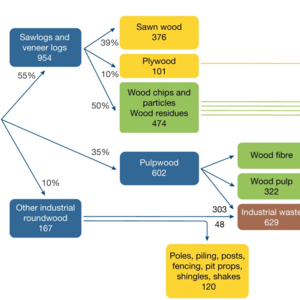
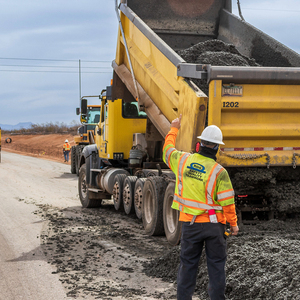
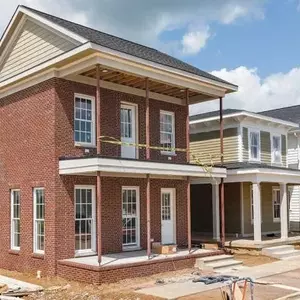






4 Comments
Very interesting! I appreciate the non-toxic aspect, total recyclability and reduced carbon emissions. The increased durability would be useful in some situations. I wonder if a solar furnace could be used to melt the raw material?
You might want to call out the "elasticity" as the modulus of elasticity (MOE), with the units GPa. In IP units, steel is 29,000,000 psi, so these bars would be about 11,000,000 psi. As you state, that's immaterial for the vast majority of residential work, where rebar only needs to provide tensile strength.
It is great to see these alternatives become more widely used. I have learned a lot from the youtube videos by Prof. Tyler Ley on concrete. Here is one about this subject:
https://www.youtube.com/watch?v=thUZImUTZn0
Quote from video description:
"FRP rebar or fiber reinforced polymer rebar does not corrode in concrete and so it is an important alternative to steel rebar. This rebar can be made with glass, basalt, or carbon fibers surrounded by a plastic matrix. This video talks about the benefits and challenges with FRP. However, FRP is not widely used for several reasons. The biggest challenges are the decreased stiffness and lack of strain before fracture. There are also concerns with fire and long term deflections. The video gives solutions on how to overcome many of these issues but it will require an increase in the cost of the concrete. Finally, the video talks about carbon FRP and the significant potential that it has once the price decreases."
It's definitely interesting. I'm definitely looking forward to its usage. If I need to ground, then selective placement of grounding conductors can be incorporated as needed for electrical grounding. Be it for Ufer or for other methods of electrical grounding. One does not necessarily need to use an entire rebar mesh for grounding the electrical current.
A Ufer ground can typically be just part of a footing, so you could get away with just using steel rebar in that area. I don't often use Ufer grounds, but the code has some information about the minimum contact area as I recall, so you'd have some guidance for the minimum area you'd need with steel rebard.
Note that the code allows the "ground" to be 20 feet or more of #2 or larger copper wire buried at least 30" deep. Many/most foundations will be excavated deeper than that, so it wouldn't be difficult to put in a ground wire while the site was open for foundation work and avoid needing to excavate the ground seperately. I really don't think the code-minimum 20 feet of copper wire is sufficient here though, I would use at least twice that, probably 50 feet. If you really want a solid ground system, you could put in a real ground ring all the way around the perimeter of the structure as is commonly done in critical facilities like telephone exchanges. Note that I recommend only exothermic weld (Cadweld, etc.) type connections be made for any buried ground connections since these connections never loosen or oxidize in the contact area, ensuring long life of the electrical connections.
The rebard is very interesting! Rock rods, in a way. I would be curious about the testing. When I was in college, one of the professors was doing research into some of the original carbon fiber rebar materials and there was a big hydraulic test rig in the engineering lab doing cycles for days. It was annoying to have to take a test while hearing the low "thump.... thump... thump..." of the test bending the road section over and over again with a big hydraulic ram.
Bill
Log in or create an account to post a comment.
Sign up Log in